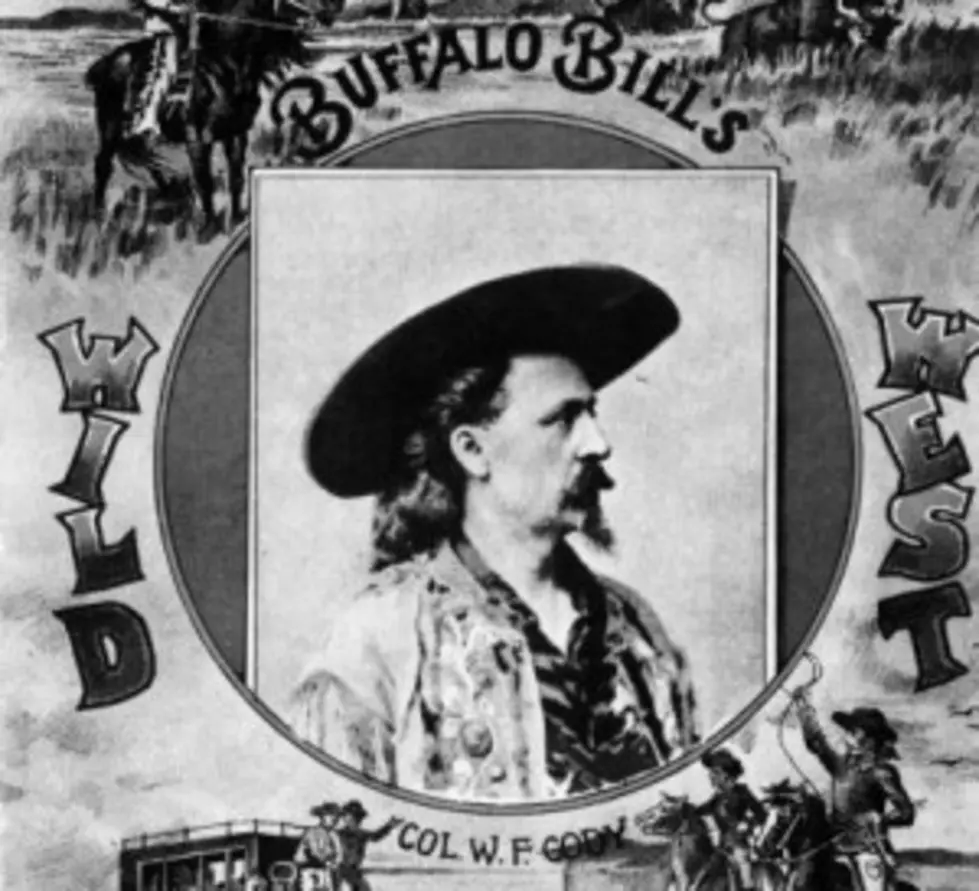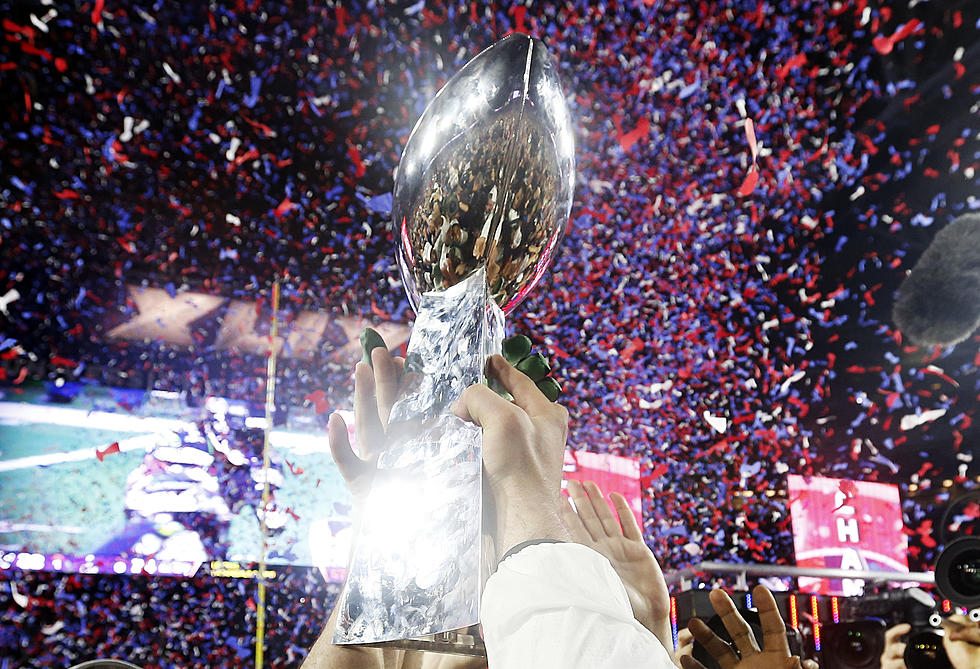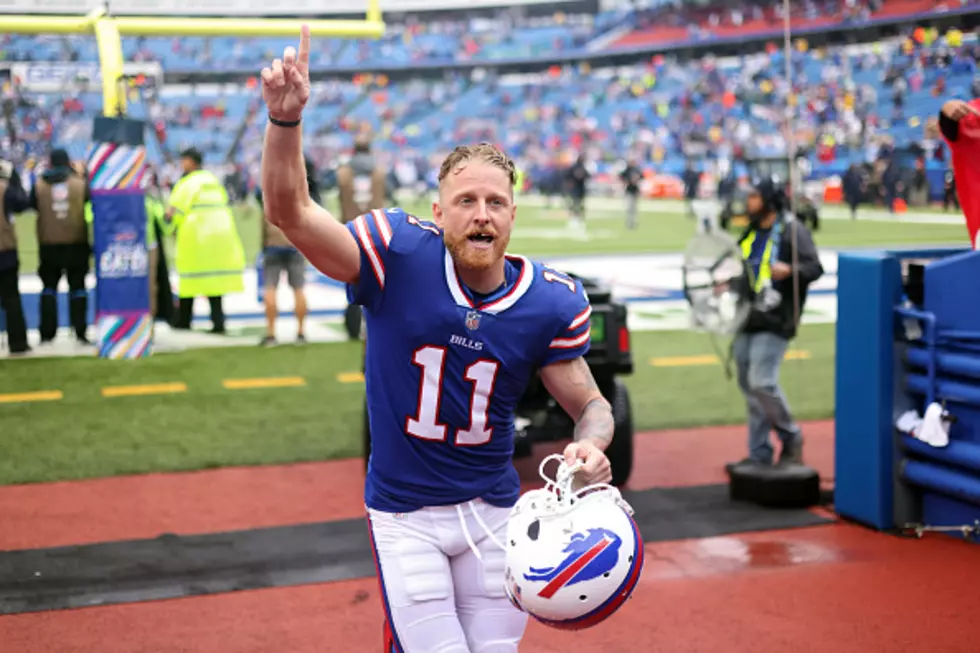
Forget Redskins, Other Sports Team Mascots Have Crazy Origins
There’s been a great deal of attention placed on mascots and nicknames with the Oneida Nation’s ‘Change the Mascot’ campaign. It’s led to a great deal of insight on the origin of the Redskins name; but, what about other popular nicknames?
The Buffalo Bills, for instance. Bills? Where did that come from?
The name dates back to 1946 when the city of Buffalo had a team in the All-American Football Conference (AAFC). The team was called the “Bisons;” but, so was the professional hockey team and the semi-pro baseball team. The owners of the ‘football Bisons’ decided to change the name and after a ‘pick the name’ contest was held, the general consensus was to go with a frontier theme, which was popular at the time. One fan’s idea of naming the team after legendary frontiersman Buffalo “Bill” Cody stuck and the team became the Buffalo Bills. The league folded in 1949 and 10 years later, Ralph Wilson helped start the American Football League (AFL) and he put his team in Buffalo. Sticking with tradition, he kept the name from the AAFC and the modern-day Buffalo Bills were born.
What About Other Teams?
The New York Giants played at the Polo Grounds, home of baseball’s New York Giants, so the new owner Tim Mara just kept the same name. The original baseball Giants team was
named after the city’s ‘giant’ buildings.
Prior to 1963, New York City’s other football team was called the Titants; but, owner David “Sonny” Werblin wanted to project a more progressive name so he changed it to the Jets, taking advantage of the new jet age.
Colgate University used to be the Red Raiders with an American Indian as the logo. The University changed the mascot to a hand holding a torch in the 1970’s. Later in 2001, a group of students felt ‘Red Raiders’ still implied a Native American mascot and they petitioned the school to alter the mascot from “Red Raiders” to simply, “Raiders.”
Syracuse University used to be the Orangemen and the team mascot was an Onondaga
Indian. The Native American was dropped in the 1970’s and in 2004, the school switched to the gender-neutral “Orange” as opposed to “Orangemen,” which dates back to the late 1800’s.
Oddly enough, Cornell University doesn’t have an official nickname or mascot. Unofficially, Cornell is known as the “Big Red” and according to the website, Cornell Traditions, that moniker was born in 1905 when a graduate was writing a new football song. The uniforms were red, so he added “the Big Red Team” to the lyrics and the rest is unofficial history.
The most baffling team mascot is at LeMoyne College. Their’s is a dolphin and for those that don’t know, LeMoyne is in Syracuse where there are no dolphins. But, you knew there had to be a logical explanation. It turns out that the dolphin is a Christian symbol for peace and knowledge and LeMoyne just so happens to be a Jesuit college.
Green Bay Packers?
There are plenty of nicknames that are pretty obvious like the New England Patriots, The Pittsburgh Steelers and the Dallas Cowboys. But, what about the oldest continuous franchise, the Green Bay Packers?
In 1919, there were several football teams around Wisconsin and a man named Curly Lambeau wanted to start up his own in his hometown of Green Bay. He was a shipping
clerk at the Indian Packing Company, which packaged meat. He convinced his employer to put up $500 to buy jerseys and equipment and he called the team the Packers. A few years later, the Indian Packing Company was purchased by the Acme Packing Company and for a while, the team was called the Acme Packers. After Acme Packing went out of business, the name Packers stuck and the rest is history.
And then There’s the letter “G”
A few years back, running back Tiki Barber did an interview that said the “G” on the Packer’s uniform didn’t stand for Green Bay like people had assumed for years. He said it stands for “greatness.” That interview created a firestorm in Wisconsin and to this day, people still think the story that went viral is accurate. Unfortunately, the franchise cleared up the debate and said that Barber’s ad-lib was fiction and confirmed that the “G” really does stand for Green Bay.
Read how Syracuse's colors and mascot were inspired in Utica and Clinton, NY
More From WIBX 950









